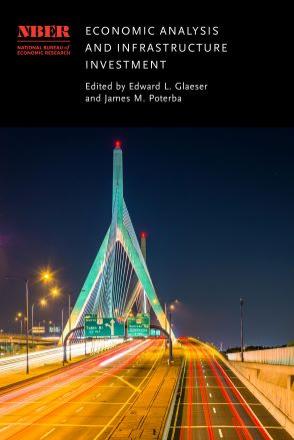The Macroeconomic Consequences of Infrastructure Investment

Can greater investment in infrastructure raise US long-run output? Are infrastructure projects a good short-run stimulus to the economy? This paper uses insights from the macroeconomics literature to address these questions. I begin by analyzing the effects of government investment in both a stylized neoclassical model and a medium-scale New Keynesian model, highlighting the economic mechanisms that govern the strength of the short-run and long-run impacts. The analysis confirms earlier findings that the implementation delays inherent in infrastructure projects reduce short-run multipliers in most cases. In contrast, long-run multipliers can be sizable when government capital is productive. Moreover, these multipliers are greater if the economy starts from a point below the socially optimal amount of public capital. Turning to empirical estimation, I use the theoretical model to explain the econometric challenges to estimating the elasticity of output to public infrastructure. Using both artificial data generated by simulations of the model and extensions of existing empirical work, I demonstrate how both general equilibrium effects and optimal choice of public capital are likely to impart upward biases to output elasticity estimates. Finally, I review and extend some empirical estimates of the short-run effects, focusing on infrastructure spending in the ARRA.


